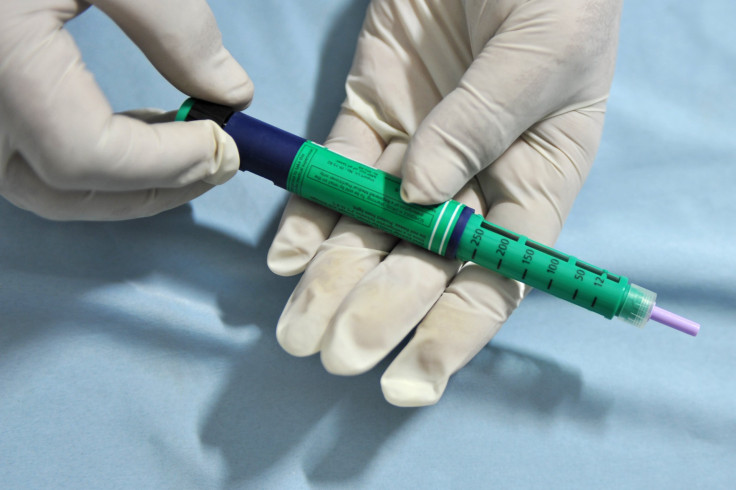Germs May Trigger Killer T-Cells To Attack Insulin-Producing Beta Cells, Causing Type 1 Diabetes

Type 1 diabetes, an autoimmune disease with no known cure, affects 1.25 million Americans. For years, scientists have been baffled by the disease, unable to determine its cause. But in a new study, researchers have made the discovery that germs could play a key role in the development of the disease.
The study, published in The Journal of Clinical Investigation, provides the first explanation for how the immune system is activated in Type 1 diabetes. Previous research has shown that killer T-cells — a type of white blood cell that normally protects the body from germs — contribute to the disease by destroying insulin-producing cells, known as beta cells.
"Killer T-cells are extremely effective at killing off germs, but when they mistakenly attack our own tissues, the effects can be devastating," said the study’s lead author Andy Sewell, a professor at Cardiff University, in a press release. "During type 1 diabetes, killer T-cells are thought to attack pancreatic beta cells. These cells make the insulin that is essential for control of blood sugar levels. When beta cells are destroyed, patients have to inject insulin every day to remain healthy."
Daily, life-long insulin injections are currently the only form of treatment for Type 1 diabetes. Scientists have long known that diet and lifestyle factors contribute to Type 2 diabetes. However, what triggers the immune system to attack beta cells in Type 1 diabetes has long eluded them.
But now, the researchers from Cardiff University’s System Immunity Research Institute have found a link between Type 1 diabetes, killer T-cells, and germs. With the help of powerful X-rays, the team discovered that some strains of bacteria can activate killer T-cells to attack the body.
"We identified part of a bug that turns on killer T-cells so they latch onto beta cells,” Sewell said. “This finding sheds new light on how these killer T-cells are turned into rogues, leading to the development of type 1 diabetes."
The researchers noted that the finding could lead to the discovery of a better treatment, or even a cure. "This new finding, demonstrating how external factors may trigger T-cells to 'wake-up' and start attacking beta cells, helps to explain how this disease develops and could shape the future direction of new treatments and diagnostics,” said Dr. Matthias von Herrath, a professor at La Jolla Institute for Allergy and Immunology.
There is still much more research that needs to be done in order to determine the definite cause of Type 1 diabetes. In former studies, Cardiff’s research team discovered that killer T-cells were “cross-reactive,” meaning there could be a variety of triggers that stimulate killer T-cells to attack insulin-producing cells. However, discovering that germs are one external factor brings the research a step closer to advancing treatment for Type 1 diabetes, as well as other autoimmune diseases.
"Finding the cellular mechanisms behind the development of autoimmune diseases, such as Type 1 diabetes, could lead to treatments that help us lead longer, healthier lives,” said Professor Melanie Welham, Chief Executive at the Biotechnology and Biological Sciences Research Council (BBSRC), who co-funded the study.
Source: Cole DK et al. Hotspot autoimmune T cell receptor binding underlies pathogen and insulin peptide cross-reactivity. Journal of Clinical Investigation. 2016.
Published by Medicaldaily.com



























